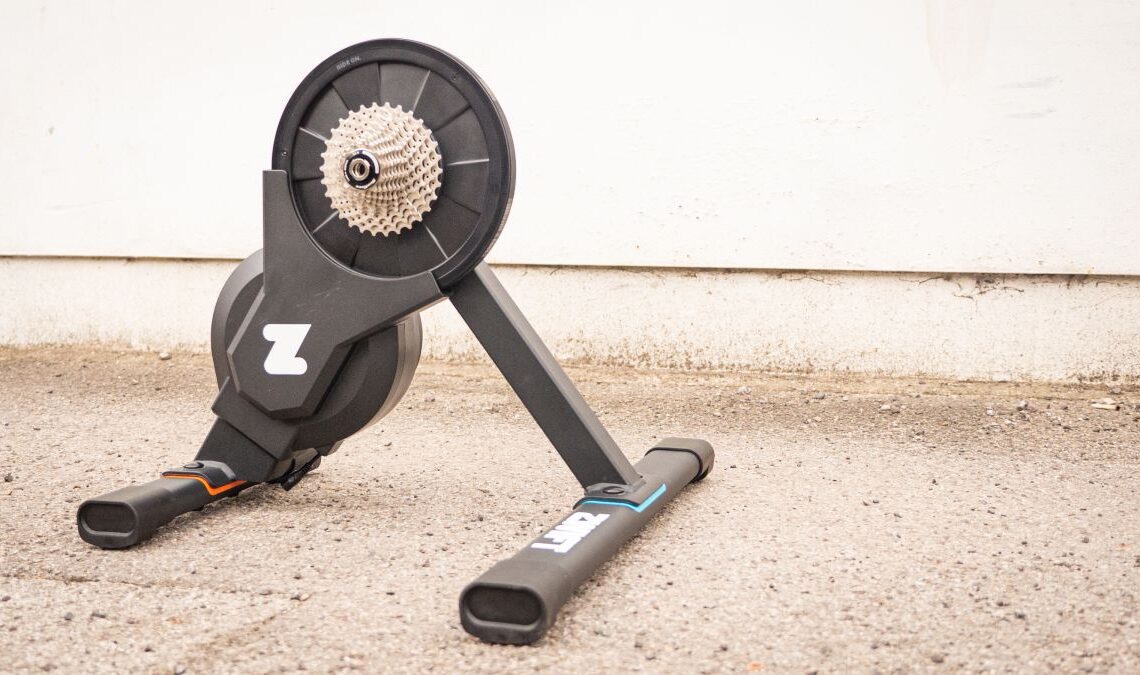The Zwift Hub indoor smart trainer is Zwift’s first foray into indoor cycling hardware. The American brand already has the lion’s share of the indoor cycling market with its enormously popular app, but it has always relied on the likes of Wahoo, Tacx, Elite and co to provide the hardware.
The problem with that was as good as the best smart trainers are, they can be a bit of a minefield of jargon for new users, and that created too many ‘barriers to entry’ for Zwift. One source tells me that Zwift’s biggest loss of users occurs after creating an account and before pushing the first pedal stroke. Those barriers included questions like whether a bike was compatible with the trainer, what adaptors would be needed to make it fit and if they were included, whether the trainer was compatible with Zwift, and more. All of these questions are hurdles that stood between Zwift and its potential customers, and Zwift was having to rely on those aforementioned brands to make the process less complex.
With the Zwift Hub, Zwift has essentially created a competitor product to those brands, with an eagle eye on making the whole process quick, easy and straightforward. On paper, it looks like they’ve done a very good job.
Originally, Zwift planned to launch two products. A trainer – onto which a user would mount their own bike – and a smart bike, which would be a standalone product that would theoretically be even easier to set up. However, after the boom of the pandemic came the bust, and Zwift was forced to lay off the team developing those products. Instead, Zwift went to JetBlack, a company already making a low-cost trainer, and licensed its design.
After a few tweaks, including a minor change of the physical form to accommodate a greater number of disc brake bikes, and an internal change to improve durability, the Zwift Hub was born.
Its biggest draw is the price. At £449 / $499 / €499, it undercuts direct competition significantly. In fact, it has the potential to rip the middle out of the market.
Until recently, the price spectrum comprised dumb wheel-on trainers up to around £200/$200, smart wheel-on trainers up to around $500/$500, low-end smart direct drive trainers to around £700/$800, and high-end direct drive trainers up to around £1300/$1400. With the Zwift Hub being a direct drive trainer priced at wheel-on-trainer money, if it performs as Zwift promises, then there’ll be no reason to buy a smart wheel-on trainer, and no reason to spend £700/$800…
Click Here to Read the Full Original Article at CyclingNews RSS Feed…

